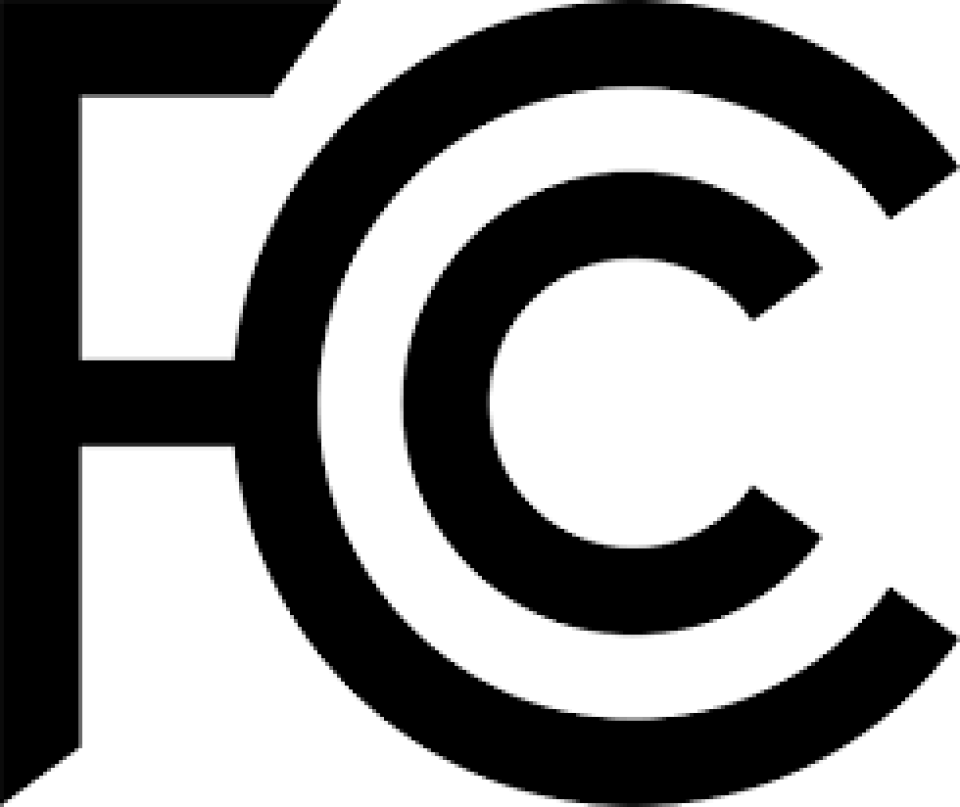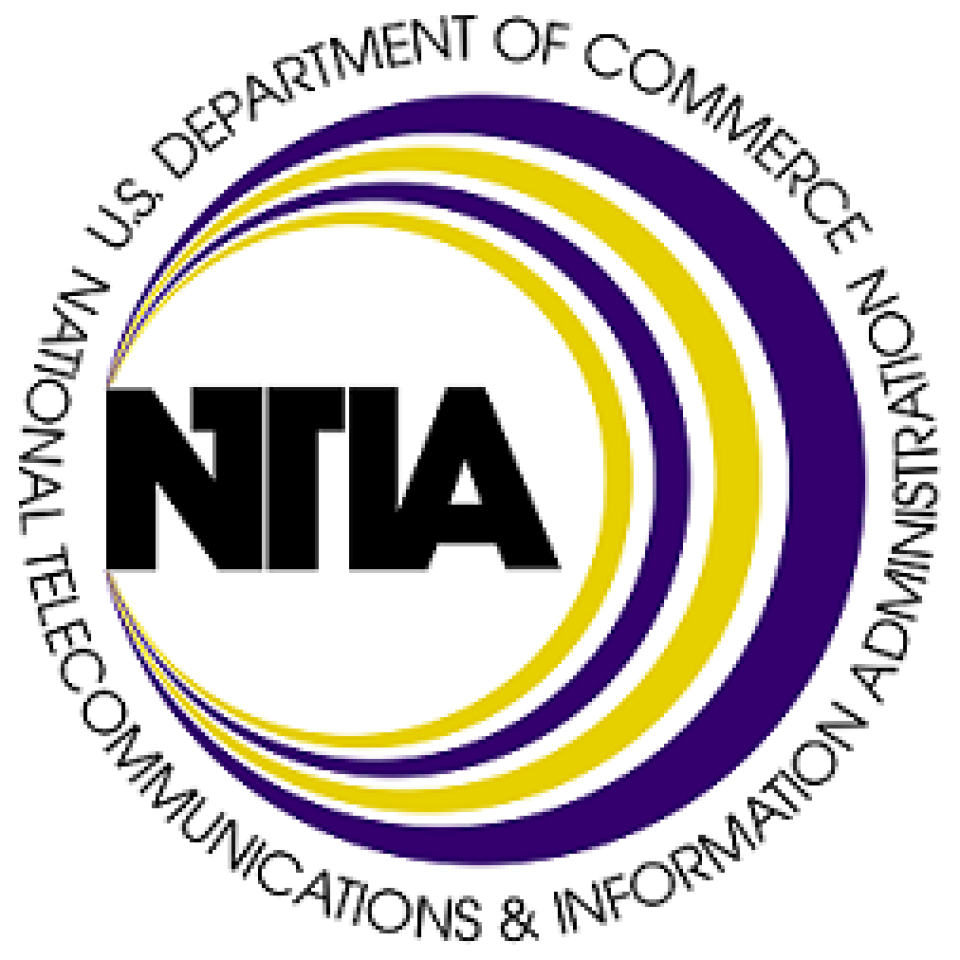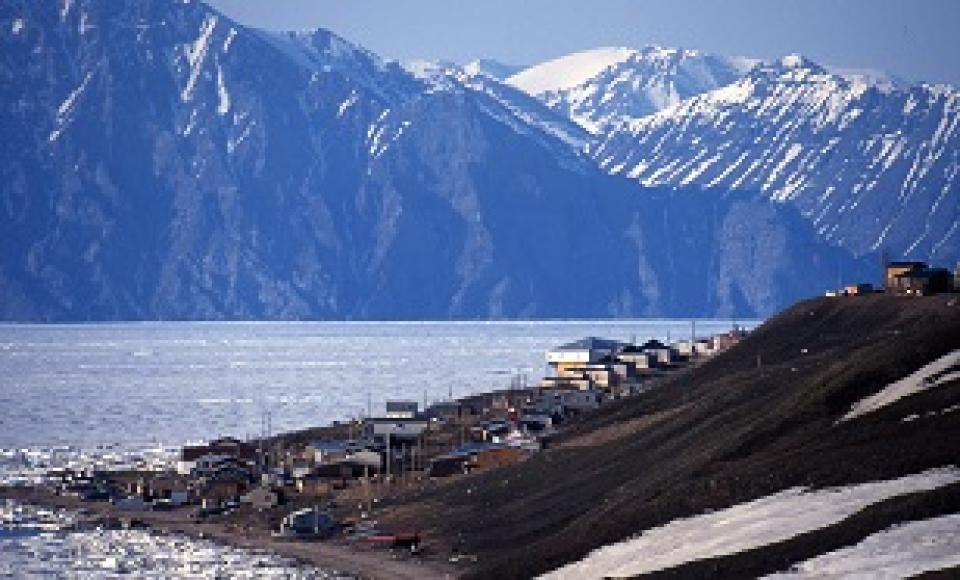
Fast, affordable Internet access for all.

If you have been following our series on the Accessible, Affordable Internet for All (AAIA) Act, you already know the proposed legislation calls for a $100 billion investment in expanding broadband access and affordability in unserved and underserved parts of the country. In this fourth installment of the series, we explore the part of the bill that contains the bulk of the funding. Of the $100 billion proposed in the bill, $85 billion of it can be found in the Title III - Broadband Access section.
Amending the Communications Act of 1934, Section 3101 of the bill appropriates $80 billion for “competitive bidding systems” to subsidize broadband infrastructure. That is to say, it requires the Federal Communications Commission (FCC), and states, to use “competitive bidding systems” for Internet Service Providers (ISPs) to bid on broadband deployment projects in “areas with service below 25/25 Megabits per second (Mbps), and areas with low-tier service, defined as areas with service between 25/25 and 100/100 Mbps.” The term “competitive bidding” seems to suggest a reverse auction process, though it hardly makes sense for each state to set up such a system given the logistical challenges. A legislative staffer responded to our email earlier this year saying he believed that language would allow for state programs that solicited applications from ISPs and scored them for evaluation, much like Minnesota’s Border-to-Border Broadband program operates. However, he noted that the FCC would interpret that language ultimately. More on this below.
Prioritizing Higher Upload Speeds


2020 is nearly over, and it's that time of the year we sit back with a cold glass of eggnog and reflect on what was, what is, what might have been, and what will be. In this episode of the Community Broadband Bits podcast the MuniNetworks team cranks up Zoom for the zillionth time this month to review our previous years' predictions to see who swung the hardest and missed back in 2019, and who might be hiding a secret gift at prognostication that would put Zoltar to shame.
With the departure of Lisa and Katie, GIS and Data Researcher Michelle Andrews is the only one who must reckon with her predictions head on. Also on the show are two recent arrivals: Senior Writer and Editor Sean Gonsalves, and Senior Researcher Ry Marcattilio-McCracken. Hannah Trostle returns from a short hiatus as well, to offer insight and secretly watch Chris to make sure he hasn't turned into a total despot. During the show we talk state preemption laws, progress by municipal networks, electric cooperatives, and county governments in expanding affordable broadband, the recent RDOF auction, New Hampshire, Sean's water feature, and our favorite stories of the year.
This show is 50 minutes long and can be played on this page or via Apple Podcasts or the tool of your choice using this feed.
Transcript below.
We want your feedback and suggestions for the show-please e-mail us or leave a comment below.
Listen to other episodes here or view all episodes in our index. See other podcasts from the Institute for Local Self-Reliance here.
Thanks to Arne Huseby for the music. The song is Warm Duck Shuffle and is licensed under a Creative Commons Attribution (3.0) license.
Image of John Dee’s Crystal ball by Vassil [CC0], from Wikimedia Commons.
Without good information from Internet Service Providers (ISPs), the federal government is essentially shooting in the dark when it comes to determining how to best target the allocation of resources for underserved and unserved communities. Even private sector investments are less efficient because of the lack of good data about broadband availability and pricing. That’s why the second major section of the Accessible, Affordable Internet for All Act (AAIA), currently languishing in the U.S. Senate, aims to address the nebulous nature of broadband data at the Federal Communications Commission (FCC).
In this third installment of our series on the AAIA, we explore the ”Title II – Broadband Transparency” section of the Act, which requires the FCC to adopt rules to gather accurate and up-to-date information from ISPs about broadband service plan prices and subscription rates. It also requires the FCC to collect data that will allow the federal government to assess the resiliency of the nation’s broadband network in the event of a natural disaster or emergency.
Better Data is Needed
Anyone who closely follows FCC news is already familiar with the problems associated with the agency’s broadband coverage maps, which most experts agree overstate actual broadband coverage. Though recent studies indicate there may be as many as 41 million people who lack access to fixed broadband in the United States that meets minimum speed of 25/3 Megabits per second (Mbps), the FCC claims that number is closer to 18 million. It’s a big discrepancy with big dollar implications, as the coverage maps are the basis upon which agencies and states make major funding decisions.
Last week we began our broad overview of the Accessible, Affordable Internet for All Act, sweeping legislation that calls for a $100 billion investment in broadband infrastructure in unserved and underserved parts of the country, as well as federal funding and coordinated support to meet the myriad of barriers that prevent tens of millions of Americans from having access to affordable and reliable Internet connectivity.
The bill (H.R. 7302) has already passed in the U.S. House of Representatives led by House Majority Whip James E. Clyburn (D-SC) and members of the House Rural Broadband Task Force. The Senate version of the bill (S. 4131), which was filed by Minnesota Senator Amy Klobuchar, co-chair of the Senate Broadband Caucus, has stalled, thanks to Senate Majority Leader Mitch McConnell who has “has buried the legislation in his graveyard,” in the words of Rep. Clyburn.
In this second-installment of a series of posts exploring the major sections contained in the proposed legislation, we look at the “Title I – Digital Equity” portion of the bill.

New Office of Internet Connectivity and Growth (OICG)

This week on the podcast, Christopher is joined by Jennifer Hawkins, President and Executive Director of One Neighborhood Builders (ONB), a community development organization based out of Rhode Island. She talks about about the Olneyville neighborhood, situated on the west side of Providence, and how significant health disparities in that community led her organization to jump into action over the summer to build a free wireless network for the residents. Jennifer and Christopher talk about mapping the network, placing hardware on ONB-owned buildings, and putting up 12 access points to cover more than half of the community with robust wireless. She shares why the project’s been worth it, and the health outcomes they hope to achieve once it goes online.
This show is 32 minutes long and can be played on this page or via Apple Podcasts or the tool of your choice using this feed.
Transcript below.
We want your feedback and suggestions for the show-please e-mail us or leave a comment below.
Listen to other episodes here or view all episodes in our index. See other podcasts from the Institute for Local Self-Reliance here.
Thanks to Arne Huseby for the music. The song is Warm Duck Shuffle and is licensed under a Creative Commons Attribution (3.0) license.
When the pandemic hit American shores this past spring and cities around the country began to practice social distancing procedures, Rhode Island-based nonprofit One Neighborhood Builders (ONB) Executive Director Jennifer Hawkins quickly realized that many of those in her community were going to be hit hard.
As spring turned to summer, this proved especially to be the case in the Olneyville neighborhood in west-central Providence, where Covid-19 cases surged among low-income residents with fewer options to get online to work, visit the doctor, and shop for groceries. This, combined with the fact that the area suffers from an average life expectancy an astonishing eight years shorter than the rest of the state, spurred the nonprofit into action, and it began putting together a plan to build a free community wireless network designed to help residents meet the challenge. One Neighborhood Connects Community Wi-Fi hardware is being installed right now, with plans for the network to go online by Thanksgiving of this year.
How it Came Together
When Jennifer Hawkins started looking for solutions to the lack of connectivity in the area in March, she ran into a handful of other communities likewise pursuing wireless projects to close the digital divide, including Detroit, New York City, and Pittsburg. Along with One Neighborhood Builder’s IT partner, Brave River Solutions, she explored options and ultimately decided a fixed, point-to-point wireless network could succeed in the neighborhood. This was in no small part because ONB owns 381 apartments, 119 single-family homes, and 50,000 square feet of commercial and community space across Olneyville. It meant that two of the primary obstacles to standing up a fixed wireless network cheaply and quickly — finding suitable hardware installation locations and negotiating Rights-of-Way — were nonexistent, and a fast, less expensive design and rollout was possible.
As Mayors must concern themselves with everything from public safety and health to the development of the local economy and the provision of essential municipal services, they tend to have a particular focus on the infrastructure necessary to support it all, amid a cacophony of competing interests.
Over the summer, having reached consensus on the fundamental importance of “the digital infrastructure of tomorrow,” a particular focus of the United States Conference of Mayors 88th National Annual Meeting was to issue a resolution declaring the necessity of “Preserving Local Public Rights-of-Way and Regulatory Authority to Most Effectively Deploy 5G Broadband Access and Bridge the Digital Divide during the COVID-19 Pandemic.”

The Mayors’ resolution comes in response to the Federal Communications Commission’s (FCC's) 2018 preemption of local governments’ authority to regulate 5G infrastructure in their cities.
At the heart of the regulatory debate: local governments’ ability to determine the amount of fees to charge mobile carriers that want to place 5G equipment in Rights-of-Way. In addition to putting limits on those fees, the FCC Order also sets strict timelines by which cities and towns must respond to carrier applications. The FCC decision, issued over the objections of industry observers and policy experts, essentially eliminates local communities’ ability to negotiate in order to protect their own Rights-of-Way and the poles, traffic lights, and other potential structures within those Rights-of-Way.
Preempting Local Authority
This week Christopher brings together Doug Dawson (Owner and President, CCG Consulting), Monica Webb (Head of Marketing Development and Strategic Partnerships, Ting) and returning guest Travis Carter (CEO, US Internet).
The group first discusses Low-Earth Orbit satellite Internet access in the context of SpaceX’s Starlink public beta launch, and what it means for connecting unserved Americans in both urban and rural areas. Then, they dig into the future of cable as a wireline broadband technology, with frank talk about its longevity in the face of fiber as the industry begins talking about the penetration of DOCSIS 3.1 and future moves to DOCSIS 4.0. Finally, Christopher, Doug, Monica, and Travis spend time tackling the question of why we don’t see more small, private Internet Service Providers (ISPs) doing fiber projects in urban areas. They debate, for instance, Right-of-Way issues and the problem of access to capital.
Subscribe to the show using this feed.
Email us broadband@muninetworks.org with feedback and ideas for the show.
News stories highlighting the breadth and depth of the digital divide and its impacts in the midst of the Covid-19 pandemic have dominated the headlines in recent months, but a new report emphasizes the degree to which dozens of communities in one Canadian province have struggled with connectivity issues for years. The recently released Nunavut Infrastructure Gap Report [pdf] shows what broadband access looks like for the 35,000 or so mostly Inuit residents of the nation’s youngest province, and what solutions exist for closing the gap for tens of thousands who struggle to get online.
Nunavut is the northernmost of Canada’s provinces, made up of two interlocking geographies: the landmass immediately north of Manitoba and east of the Northwest Territories, and the large collection of islands curled around Baffin Bay to the west of Greenland. It has a population barely 1/20th the size of Wyoming (the U.S.’s smallest by population) despite being the second-largest political subdivision by area in North America, and a population density of just 0.05 persons/square mile.

A Host of Infrastructure Gaps
US Ignite has announced a new initiative called Project Overcome which will fund five projects looking for novel solutions to broadband connectivity problems in communities around the United States.
Th endeavor, funded by a $2 million National Science Foundation grant, will “support the selection and buildout of five proof-of-concept network deployments designed to connect both rural and urban communities in novel ways.” More than three-quarters of the funding will go directly to project awards, with the aim to:
[C]ollect data to measure the technical and social impacts of different connectivity strategies [in order to] discover patterns of success that can be repeated on a larger scale across the country, and to catalog the distinctions that emerge based on variations in the communities served.
The Application Process
An RFP will come out in the next few weeks, with winners chosen by early spring. From the website, competitive applications will:
Be chosen based on the use of innovative technologies, such as mesh networks and new spectrum access solutions, as well as creative deployment models that leverage both public and private sector partners. Participating teams should draw from some combination of academic, nonprofit, industry, government, student, and volunteer partners. The five proposals ultimately selected will reflect a mix of population density characteristics, demographics, geographic regions, housing types, local and industry collaborations, and technical approaches.